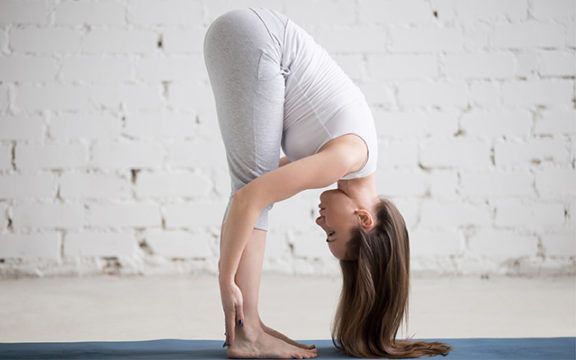Importance of Forearm Strength and Pilates Exercises to Help

Importance of Forearm Strength Forearm strength is often overlooked but plays a crucial role in overall upper body functionality and daily activities. Here's why it matters: 1. Improved Grip Strength Essential for lifting weights, carrying groceries, opening jars, or using tools. Strong grip also enhances performance in sports like tennis, golf, climbing, and rowing. 2. Injury Prevention Reduces the risk of strains, tendonitis, and repetitive stress injuries in the wrists and elbows (e.g., tennis elbow, carpal tunnel). Supports better wrist stability during exercises like push-ups, planks, or yoga poses. 3. Better Athletic Performance Enhances power transfer from the arms to the hands in sports. Crucial for athletes, gym-goers, and anyone using their hands regularly. 4. Functional Strength Supports everyday activities that require pulling, pushing, twisting, or holding items for extended periods. Pilates may not traditionally focus on forea...





